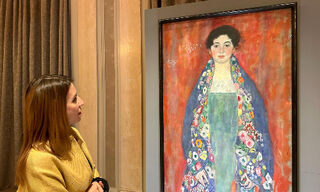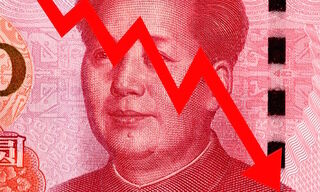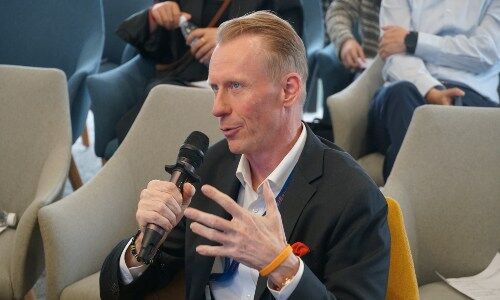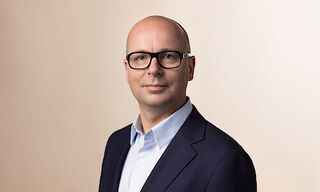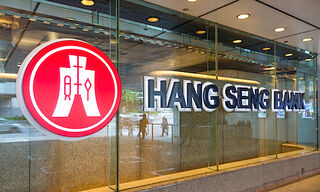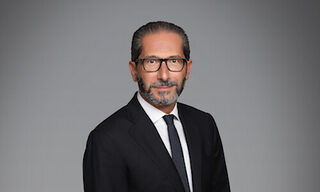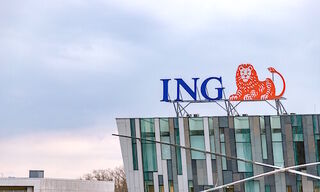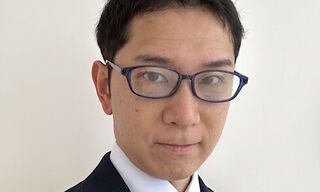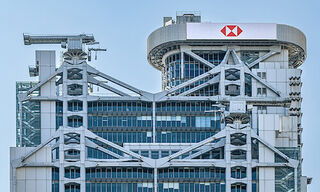AIA have unveiled findings from its 2015 edition of the AIA Survey on Middle Class Hopes and Aspirations in Asia which found that nearly four out of five (79%) respondents across Mainland China, Hong Kong, Korea, and Taiwan are satisfied with life. Yet, less than half (41%) feel they are both satisfied and successful. A majority of the respondents also prioritise health, peace of mind, and a comfortable retirement as their top life goals.
The survey provides an in-depth analysis of the fast-growing middle class’ attitudes towards quality-of-life, financial security, retirement, and family and education. Two thousand five hundred (2,500) self-identified middle class individuals were surveyed across the markets of Mainland China, Hong Kong, Korea and Taiwan. The survey was conducted via online and face-to-face interviews by global market research agency Ipsos between February and March 2015.
Speaking at the launch of the survey in Hong Kong, Gordon Watson, Regional Chief Executive of AIA, said: “The findings confirm our view that Asia remains one of the world’s most dynamic and diverse regions, and the middle class in North Asia are a pragmatic group with realistic goals. This fast-rising group is achieving new milestones and accomplishments as they go about building a better life for themselves and their children, but they also face increasing and more complex challenges as they do so.
Quality of Life
Two-thirds of the middle-class respondents in the four markets surveyed prioritise being healthy as their top goal in life. Other top life goals are having peace of mind and saving enough for a comfortable retirement.
Compared to all respondents, middle-class millennials are more likely to desire life goals such as traveling the world, having a successful career, and starting their own business.
In Hong Kong, almost two-thirds of the middle class cite being healthy as their top goal in life, while the other top life goals cited are having a happy marriage or relationship and peace of mind.
Three-quarters of Hong Kong’s middle class are satisfied with life, a figure that has increased since 2013 when 67% said they were satisfied with life. However, only 35% of the Hong Kong respondents feel they are both satisfied and successful. Respondents who feel both satisfied and successful are more likely to feel financially secure compared to all the other middle-class respondents in Hong Kong.
Short-term expectation of life changes: Middle Class Index
The AIA Middle Class Index is a summary score that indicates the optimism respondents have for the year ahead, with scores above 50 indicating the expectation that their life situation is more likely to improve than to worsen over the next 12 months. North Asia’s middle class are generally optimistic about their life situation with AIA Middle Class Index (MCI) scores above 50 for all the four markets surveyed: the MCI for Mainland China is 69.0; Hong Kong’s MCI is 57.2; Taiwan’s MCI is 58.1 and Korea’s MCI is 60.2.
The optimism among the middle class respondents in the markets surveyed is linked to their job-related achievements and gains in material assets. The four top life events most linked to positive expectations for those who have experienced it in the last 12 months are: purchasing a new car (with an MCI of 70.1); purchasing a new home (an MCI of 69.9); job promotion/pay increase (an MCI of 67.7) and the start of a new job (an MCI of 65.0).
Retirement Challenge
Many of the middle class in the markets surveyed are active financial planners. Sixty-six per cent of them invest in equities, bonds or mutual funds, 62% invest in retirement savings plans, 53% contribute to regular savings accounts, and 43% invest in real estate.
The middle class in the markets surveyed tends to have high levels of property ownership and savings. Eighty-three per cent of those surveyed in the North Asian markets own their homes, either with or without outstanding mortgages.
While the majority of the middle class in the markets surveyed do plan to retire and are active financial planners, many (45%) are concerned about not being able to save enough to comfortably do so.
The view on the amount required for retirement ranges widely from US$0.92 million in Taiwan, which amounts to 17 times the average yearly household income communicated by the middle class in that market, to almost US$4 million in Korea, or 50 times the average yearly household income communicated by the middle class in Korea. Hong Kong’s middle class believe they will need about US$1.72 million (HK$13.4 million) to retire comfortably, compared with US$1.4 million (HK$11 million) in 2013. The 2015 figure for Hong Kong is 17 times the average yearly household income communicated by the middle class in the market. On average, they are saving US$1,228 (HK$9,553) every month toward retirement.
Nevertheless, over half of the middle class (52%) in Hong Kong do not plan to retire. Of the 52% who do not plan to retire, 47% say that is because they do not think they will ever have enough savings to retire.
Among those saving for retirement in Hong Kong, 71% do so by investing in equities, bonds or mutual funds, 58% invest in real estate, 57% invest in a retirement savings plan and 50% contribute to a regular savings account. Seventy-four per cent of the middle class respondents in Hong Kong own their own home.
A Deep Commitment to Their Children
The middle-class parents in the markets surveyed have high aspirations for their children and are actively involved in their children’s education. Almost all (95%) of respondents want their children to achieve university-level degrees, including 50% who want their children to achieve post-graduate education.
The middle-class parents in the markets surveyed are somewhat split on whether their children’s life will be harder (53%), or easier or the same (47%), for their children, although more think their children’s life will be easier than 2013. The main reason many parents believe their children’s life will be easier is access to education (58%), reflecting the fact that 90% say they have involvement in their children’s education.
On average, each middle-class parent in the North Asian markets surveyed sets aside US$451 each month towards their children’s education, surpassed by the average amount saved for retirement at US$871 per month.
In Hong Kong, more than one in five (21%) middle-class parents think their children’s life will be easier than their own, compared with 10% who held that view in 2013. In Hong Kong, 55% start saving for their children’s education when their children are aged one or younger, setting aside on average US$538 (HK$4,173) each month, representing approximately 6.2% of the parents’ monthly household income. This figure is also the highest among the North Asian markets surveyed, where 40% start saving when their children are aged one or younger with an average of US$451 saved each month.
Beyond financial support, employed middle-class parents in the North Asian markets surveyed currently spend an average of 3.6 hours per day with their children. If they had more time to spend with their children, employed middle-class parents would prefer to talk to them about their daily life (69%), play with them outdoors (65%), and help them with their studies (56%). Middle-class parents in Hong Kong spend the most time with their children among the North Asian markets surveyed, an average of 3.9 hours per day.












